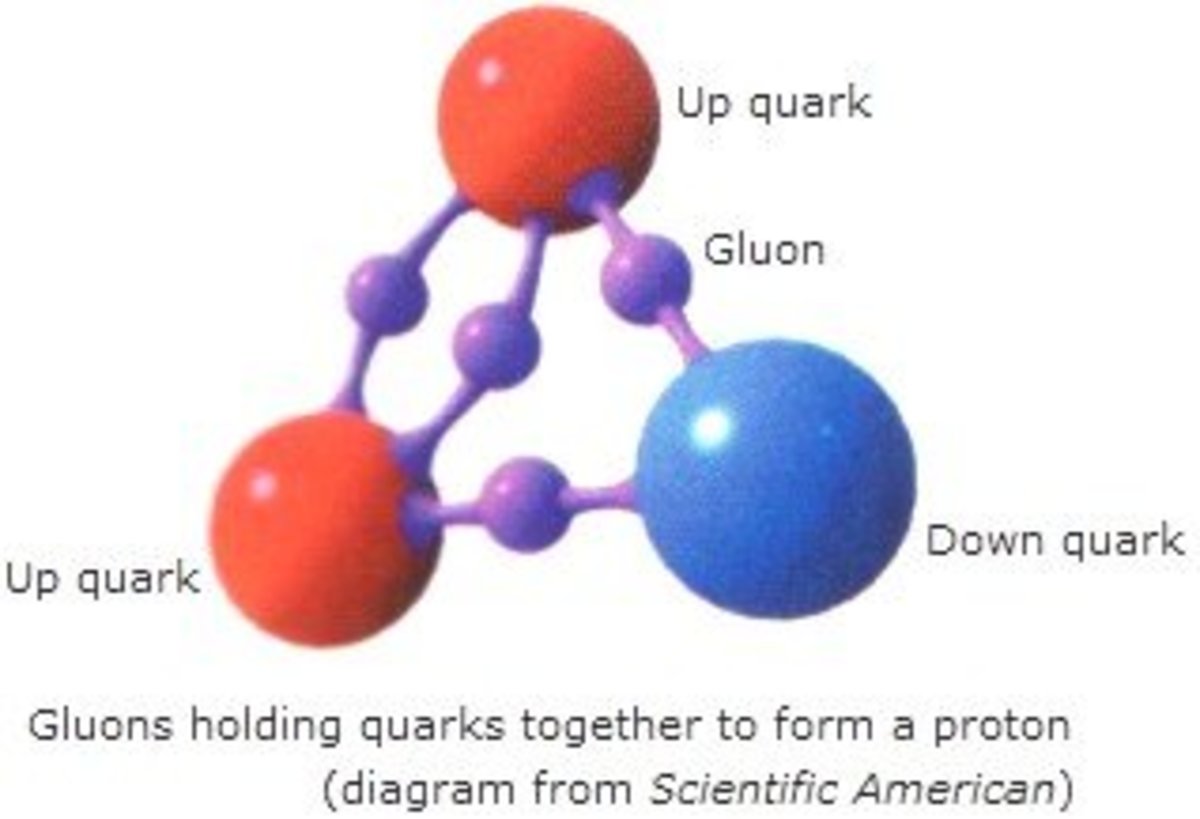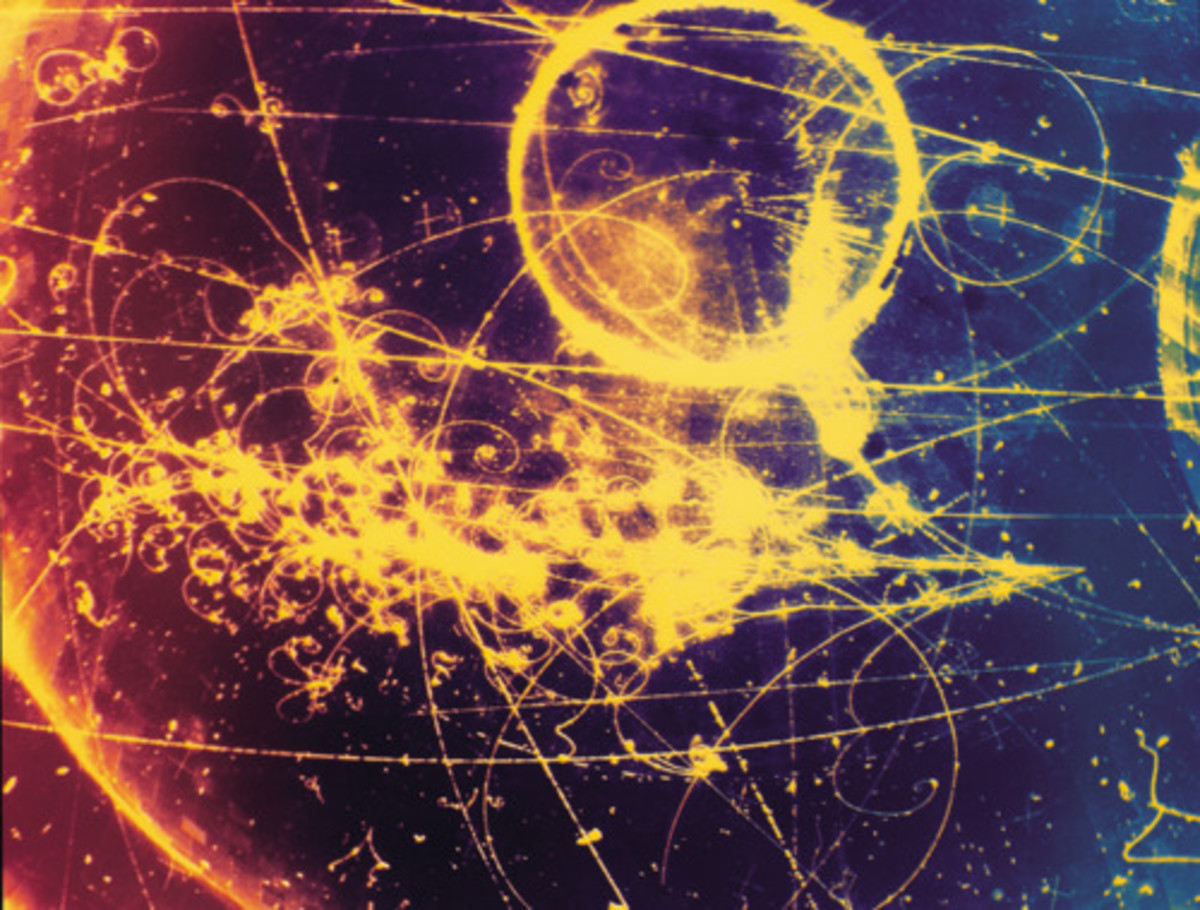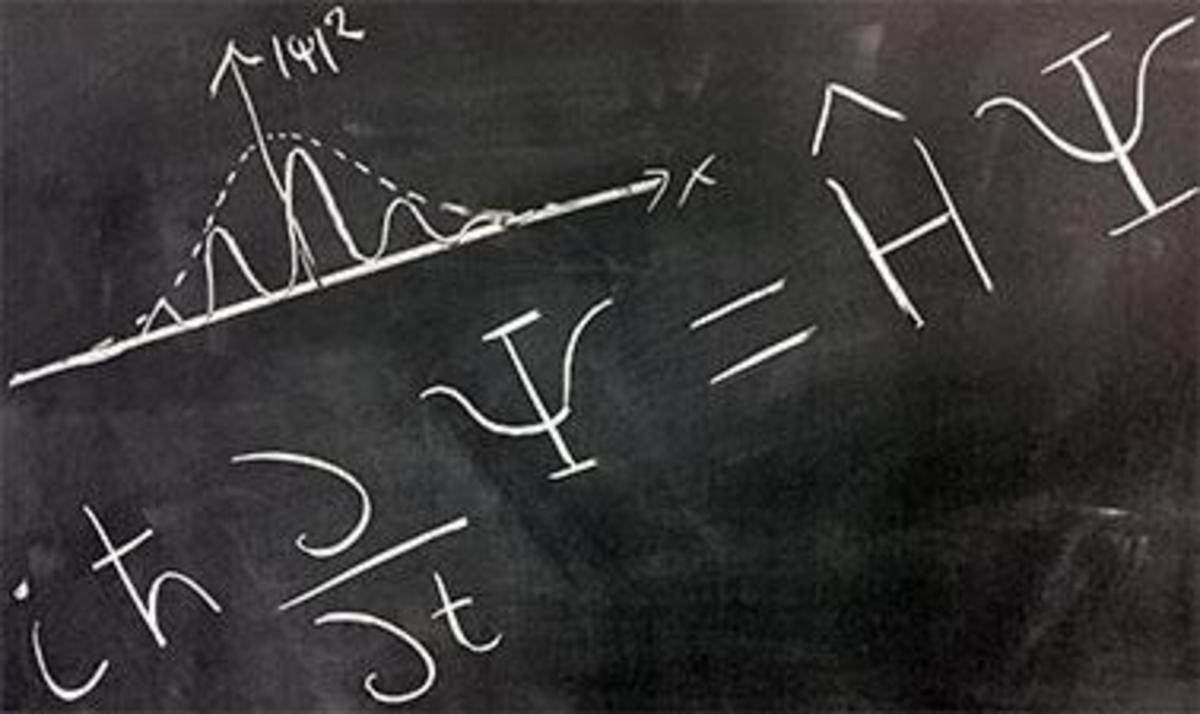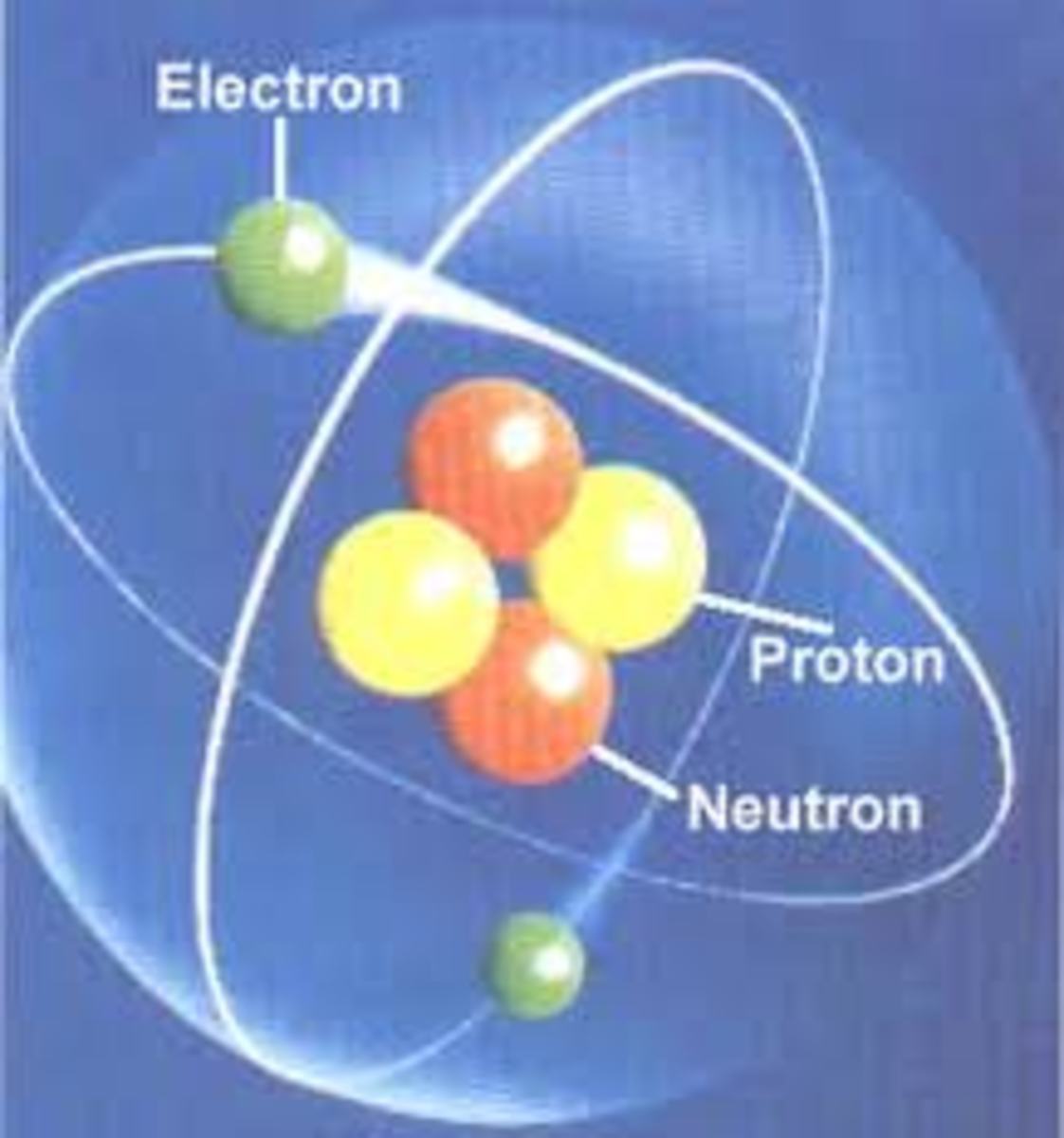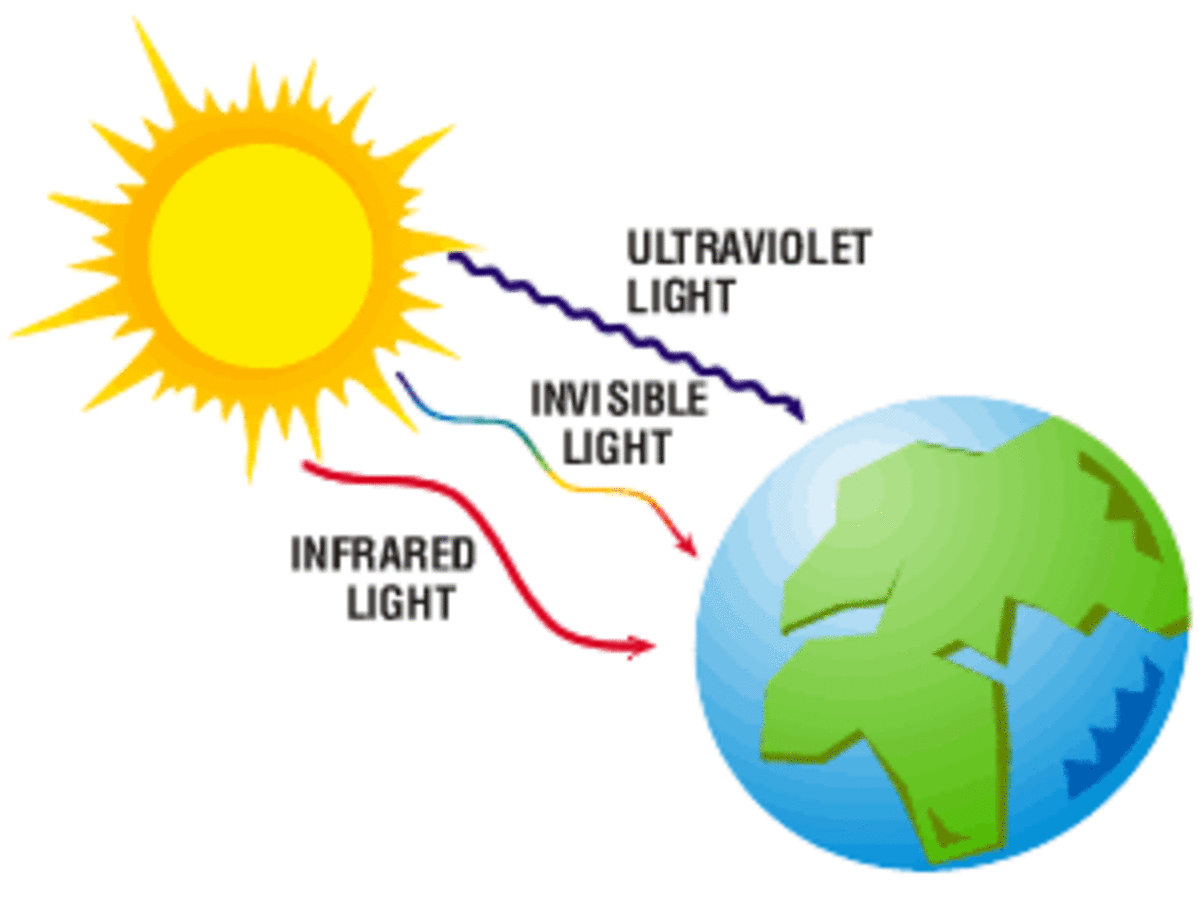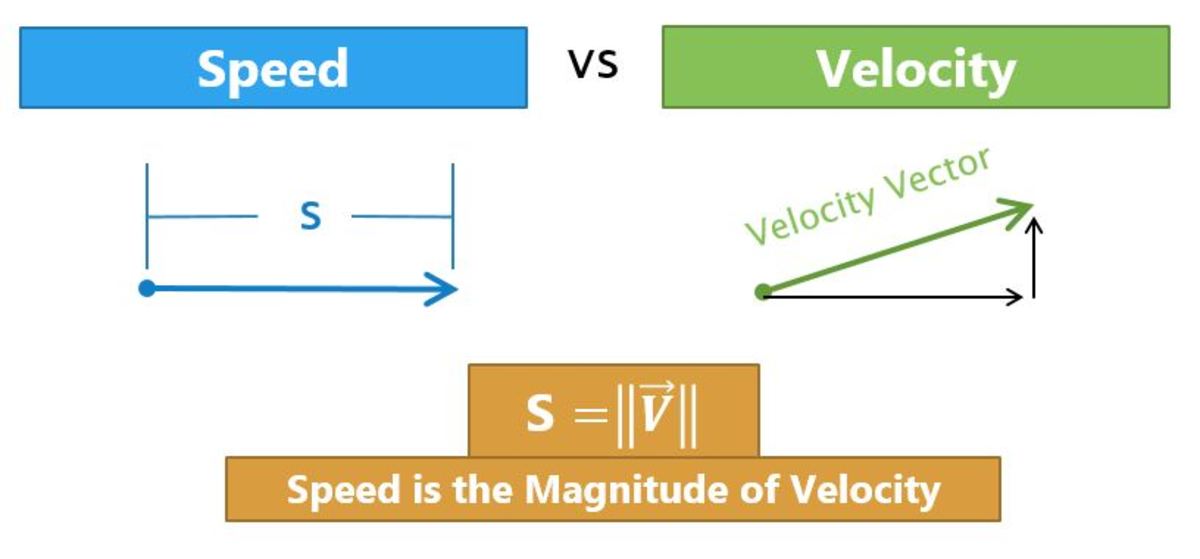The Universe is Absurd: Elementary Particles
Elementary Particles
It used to be that we thought the atom was the smallest form of indivisible matter. In Greek, the word Atom actually loosely translates to "that which cannot be divided." Now we know that the atom can be split, thanks Einstein, bringing a myriad of other particles into the mix which we now think to be indivisible. We call these Elementary Particles. There are a lot of them, and they are super confusing, so I'm going to do my best to explain the different types of particles we now think to be elementary in the Standard Model of Physics. Two main groups of these particles are fermions and bosons. Let's take a look at what really makes up the Cosmos.
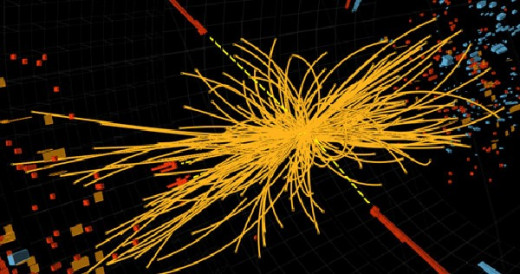
Fermions
Fermions are the basic makeup of all particles of matter. These elementary particles seem to follow a statistical distribution described by the Fermi-Dirac equations, which makes them less like particles than we are usually familiar with. They are more like a probabilistic distribution of where a particle might be. We cannot directly analyze the exact position of these particles, because they don't really exist in a discrete location. There are 12 of these particles, divided again into Quarks and Leptons.
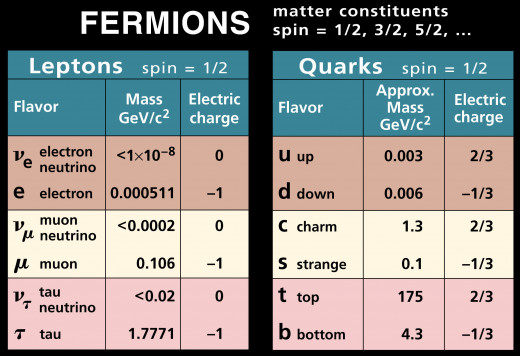
Quarks
Quarks are the ingredients of Hadrons, a class of composite particles that include Protons and Neutrons, which most of us are familiar with. Quarks interact via the Strong Force, and only carry charge in fractional quantities, which is really weird, but actually makes sense because they only configure themselves into units of whole charge. They only come together in groups of three, with perhaps one antiquark, thus, only integral charge. Put simply, quarks come together to make Protons and Neutrons. There are six types of Quarks.
Up/Charm/Top: denoted u, c, and t, respectively, have a charge of +2/3
Down/Strange/Bottom: denoted d, s, and b, respectively, have a charge of -1/3
All of these quarks have antimatter relatives that exhibit equal and opposite charge, and they still come together in charges consisting of whole integers. We will talk more in depth about antimatter some other time in a later article.

Leptons
The good news about leptons is that you have actually heard of one of them, the Electron. The interesting thing is that there are more of them that you probably haven't. Leptons do not interact via the Strong Force, but do utilize the Electromagnetic, Weak, and Gravitational Forces. Similar to Quarks, they are also described as being a probabilistic distribution instead of a classical discrete entity. These particles exhibit a charge of -1, like the Electron, or are neutral and carry a charge of 0. We call the later class of these Leptons Neutrinos.
Electron: This is the thing that floats around atoms. It has a charge of -1 and is responsible for an unreasonable quantity of headaches in Chemistry classes around the globe. It dictates how atoms generally interact with each other, and can be transferred to produce chemical reactions.
Electron Neutrino: We know about this one because of beta decay of Neutrons. When a Neutron decays, it produces a Proton and an Electron. We have figured out that there was an uncharged mass that was unaccounted for in this reaction. That particle was the Electron Neutrino. This particle is incredibly light and has no charge.
Muon: This particle is similar to the Electron but has much less to do with the innerworkings of Chemistry. The Muon decays to produce an Electron and two other Neutrinos via the Weak Force. The lifetime of the Muon is very short, only 2.2 Microseconds on average. Like the Electron, it has a charge of -1.
Muon Neutrino: The discovery of this particle actually led to a Nobel Prize in Physics, granted in 1962 to some astonishing supernerds. This particle arises from the decay of a Muon and has a charge of zero, just like all Neutrinos.
Tau: These are similar to the Electron in that they have a charge of -1, but are much more massive. This means that they are capable of penetrating much deeper into space, our atmosphere, and your body. The good news is that they decay very rapidly, making it much less likely for them to bombard your internal organs.
Tau Neutrino: You're getting the trend now. Neutrinos arise from the decay of the larger Leptons, and they all have a charge of zero. The Tau Neutrino was discovered by the comically named DONUT Experiment at the turn of the millennium.
All of these particles have corresponding antimatter relatives, just like theoretically everything else. These antimatter particles are theorized to behave exactly like the particles we observe on a daily basis, but hold the opposite charge and annihilate to form pure energy when they come in contact with their regular matter counterpart.
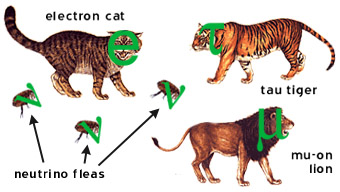
Bosons
Bosons are responsible for carrying the force by which the Fermions and other particles interact. This is essentially the glue that binds other particles and atoms together. They can also be thought of as radiation waves, the distinction between particle and wave begins to lose meaning at this scale. A pretty rad thing about bosons is that they are not subject to the Pauli Exclusion Principle, which states that Fermions cannot occupy the same quantum state. A more simplistic way to put this is that Bosons can exist in the same place as another particle at the same time.
Photon: We are very familiar with Photons. They comprise all the visible light we see. What you may not know is that all electromagnetic radiation is made up of Photons. That includes Radio Waves, Microwaves, Infrared Radiation, Ultraviolet Radiation, X-Rays, and Gamma Radiation, in addition to every color in the light spectrum. Photons are massless and travel at a constant speed "c."
W & Z Bosons: These are responsible for carrying the Weak Force that plays a role the interaction of protons and neutrons. It is also a chief contributor to the decay of particles and nuclear reactions. The W Boson has a charge of +1, and its antimatter cousin has a charge of -1. These two are sometimes called W+ and W-, respectively. The Z Boson has a charge of zero and is its own antimatter derivative. The W and Z Bosons are extremely massive, about 100 times as much as a Proton.
Gluon: The Gluon imparts the Strong Force onto Quarks, which in turn make up Protons and Neutrons. This means that the Gluon is basically the glue that holds these Hadrons together and is also pretty much what holds an atom together. The super weird thing is that a Gluon is both massless and has a charge of zero.
Higgs Boson: This is also called the god particle, which physicists really hate. The Higgs Boson is a derivative of the Higgs Field, which what gives all other particles their mass. This is what allows gravitation to work, and thus is responsible for the large scale configuration of our Universe. The Higgs Boson is massive, but holds a zero charge.
Graviton: The Graviton is actually a theoretical particle, meaning it has not been directly observed yet, but physicists are fairly certain it exists, so I have included it for continuity and hypothetical accuracy. This particle is theorized to be massless and have a zero charge, but responsible for imparting gravitational force on particles. The Graviton does not seem to be restricted by the cosmological speed limit as its effects are instantaneous.
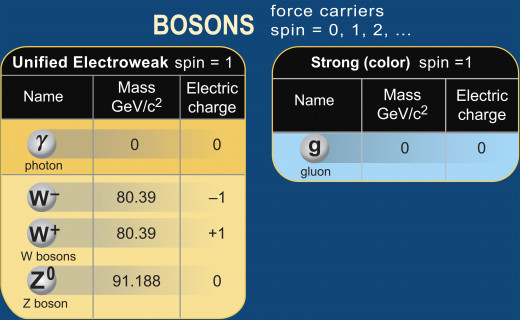
What does this mean for the Universe?
All of these particles, or waves, or probabilistic distributions, are theorized to have antimatter counterparts, comprising everything we have theorized to exist, or ever exist. When put together, these Fermions and Bosons are responsible for all other particles and the four fundamental forces that dictate the evolution and physics of our Universe. Electromagnatism, Strong Nuclear Force, Weak Nuclear Force, and Gravity are all made possible by these previously unknown Fundamental Elements.
We are leaning a lot about how these interactions manifest themselves in reality, made possible by the efforts of CERN and countless other projects worldwide. We could always be on the verge of another theoretical breakthrough. Join me in patient anticipation for those incredible things, out there somewhere, waiting to be known.

